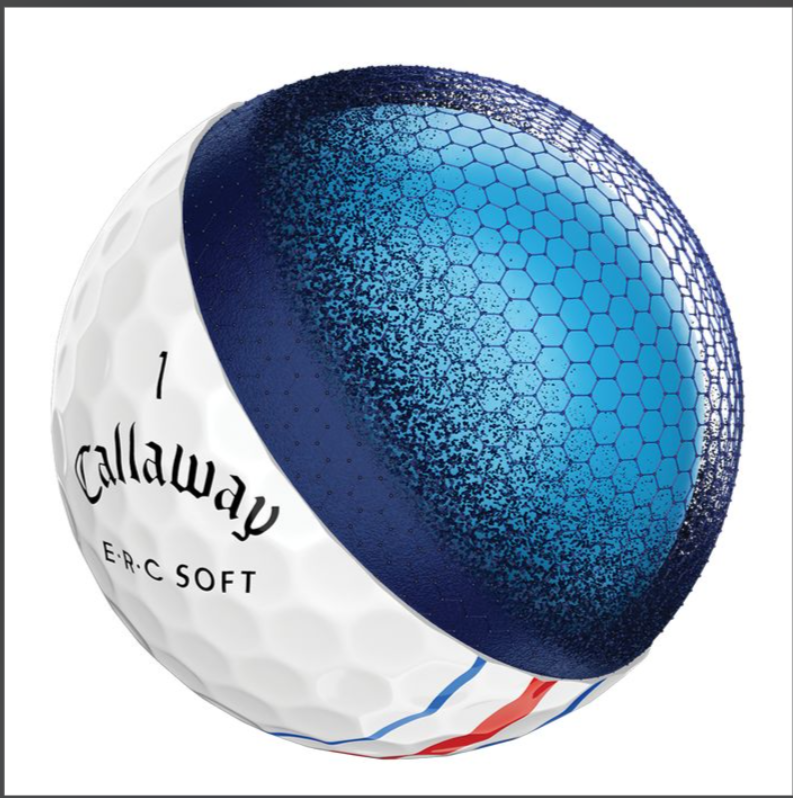Graphene in Sporting Goods: Enhancing Strength, Speed, and Performance
Introduction
Graphene, the world’s strongest and thinnest material, is revolutionizing not just electronics or energy—but also the world of sports and outdoor gear. From bicycles to skis, tennis rackets to helmets, manufacturers are embedding graphene to make products that are lighter, stronger, more flexible, and more durable.

This article explores how graphene is used across a wide range of sporting goods to elevate both athlete performance and product lifespan.
1. Why Graphene is Ideal for Sports Equipment
Key Performance Advantages:
-
200x stronger than steel, but ultra-light
-
Excellent elasticity for shock absorption
-
Superior thermal conductivity
-
Chemical stability in harsh weather environments
These characteristics make graphene perfect for high-performance sports that demand speed, precision, and durability.
2. Application Areas in Sports
a. Tennis and Racket Sports
Companies like HEAD use graphene in racket frames to:
-
Reduce weight while maintaining stiffness
-
Shift mass toward handle and head for better control
-
Enhance power transfer on impact
Players report improved swing speed and reduced fatigue.
b. Cycling Frames and Helmets
Graphene-reinforced carbon fiber frames:
-
Offer lighter construction with higher impact resistance
-
Improve heat dissipation during long rides
-
Extend product life in humid or high-altitude conditions
Helmets enhanced with graphene provide:
-
Better impact resistance
-
Lightweight comfort
-
Heat regulation under sun exposure
c. Skiing and Snowboarding Gear
Graphene is used in:
-
Ski and snowboard cores for torsional stiffness
-
Boot liners for improved thermal balance
-
Protective pads and suits for thin yet strong defense
Graphene keeps athletes warm without bulk and improves control at high speeds.
d. Running Shoes and Apparel
Brands like Inov-8 have created graphene-enhanced soles, which:
-
Last twice as long as conventional rubber
-
Provide improved grip on wet or rocky surfaces
-
Resist temperature-related wear
Sportswear incorporating graphene yarn or coatings offers:
-
Enhanced breathability and moisture wicking
-
UV protection
-
Antibacterial properties for odor control
3. Use in Protective Gear and Wearables
Graphene-based composites are being applied in:
-
Shin guards and knee braces
-
Smart wearables for performance tracking
-
Bike gloves and climbing gear
These items benefit from:
-
Lightweight design for comfort
-
Shock absorption to reduce injury
-
Real-time data capture in flexible sensors
4. Market Leaders and Case Studies
-
HEAD Graphene 360+: Tennis rackets with graphene rings to optimize flex
-
Dassi Bikes (UK): Made the world’s first graphene-enhanced road bike
-
Inov-8 Graphene-Grip: Trail running shoes with graphene-infused soles
-
G-VIR: Italian brand using graphene in ski jackets and gloves
-
Hexr Helmets: Custom-fit helmets reinforced with graphene honeycomb structures
5. Limitations and Future Trends
Current Challenges:
-
Higher material cost than traditional additives
-
Manufacturing consistency in dispersing graphene
-
Marketing overstatements—some claims lack scientific backing
Future Directions:
-
Scalable graphene-polymer 3D printing
-
Smart sports gear with embedded graphene sensors
-
Mass adoption as cost per gram drops
Conclusion
Graphene is moving beyond labs and luxury, becoming a mainstream additive in performance sports gear. As innovation continues, athletes from amateurs to Olympians can expect smarter, lighter, and more durable equipment—powered by the one-atom-thick miracle material.

